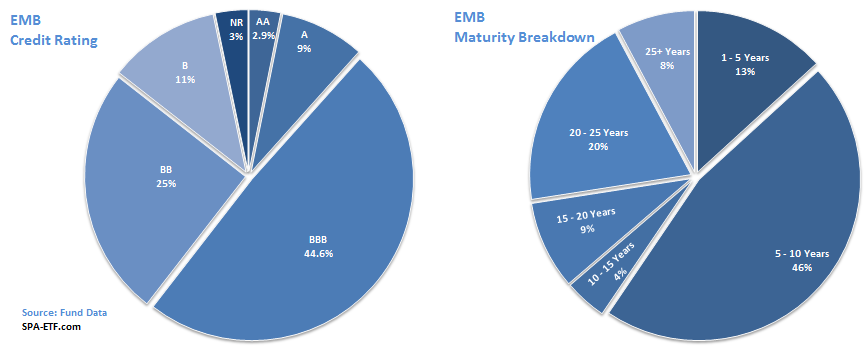Bond Market Liquidity (or Why You Should Buy Bond ETFs Instead)
Post on: 16 Март, 2015 No Comment

As demographic factors and poor equity returns prompt many financial advisors to make greater use of fixed income investments in their clients portfolios, ETF product developers have been seeking to capitalize on growing interest in this asset class by rolling out a steady stream of new bond ETFs over the past year. Despite the recent success of bond ETFs, however, individual bonds continue to be the most popular means of accessing the fixed income markets, with holdings of individual bonds representing more than 50% of individual investors corporate and municipal bond investments as recently as 2008.
Financial advisors who work with high net worth clients point to a number of reasons for the continuing popularity of individual bonds. Perhaps most significantly, they note that the predetermined cash flows of individual bonds make them particularly useful for developing outcome-oriented portfolios that address the specific future cash flow needs of clients.
But the benefits afforded by individual bonds come with significant costs that likely outweigh such benefits. Because the bond market is an over-the-counter market transacted (even in this day and age) largely over the telephone, liquidity is the exception rather than the rule and investors lack access to the level of price transparency that they take for granted in the exchange-traded equity markets.
Just how illiquid is the bond market? Its not easy to say. For most of its history, trade information on the bond market was simply not available to the general public. If you wanted to know what your dealer paid for the bond that he sold to you, the Mercedes Benz parked out in his parking lot was about the only indicator you had. In 2002, FINRA (then known as NASD) took a large step toward introducing price transparency to the bond market by launching TRACE, a corporate bond reporting system on which FINRA members (which basically includes all U.S. bond dealers) are required to report over-the-counter secondary market transactions in bonds.
A Day in the Life of the Bond Market
To get a feel for what the liquidity of the bond market looks like on a random day, I compiled trade information from September 29, 2010 for each of the top ten holdings of the following seven corporate bond indices:
- BulletShares USD Corporate Bond 2011 Index (NYSEArca: BSCB )
- BulletShares USD Corporate Bond 2012 Index (NYSEArca: BSCC )
- BulletShares USD Corporate Bond 2013 Index (NYSEArca: BSCD )
- BulletShares USD Corporate Bond 2014 Index (NYSEArca: BSCE )
- BulletShares USD Corporate Bond 2015 Index (NYSEArca: BSCF )
- BulletShares USD Corporate Bond 2016 Index (NYSEArca: BSCG )
- BulletShares USD Corporate Bond 2017 Index (NYSEArca: BSCH )
Each of these seven BulletShares USD Corporate Bond Indices is market-value weighted and excludes any corporate bonds with a par amount outstanding of less than $500 million. In theory, the top ten holdings of these seven BulletShares USD Corporate Bond Indices should be among the most liquid corporate bonds available on the secondary market. A complete list of the top 10 holdings of each of the BulletShares USD Corporate Bond Indices can be found here.
Of the 70 bonds that comprise the top ten holdings of the 2011-2017 BulletShares USD Corporate Bond Indices, trade data consisting of both buys from customers and sales to customers were not available for 12 bonds. Trade data for the other 58 issues in the sample are summarized below:
9-29-2010 Trade Data Top 10 Holdings from BulletShares USD Corporate Bond Indices














